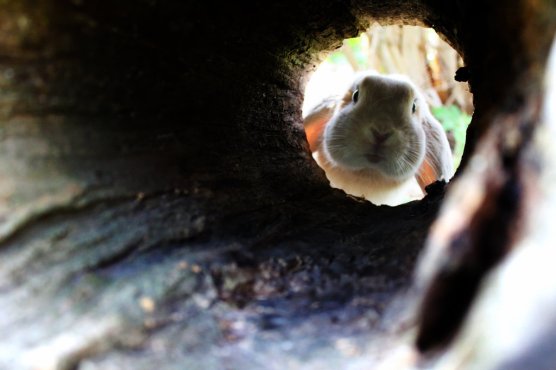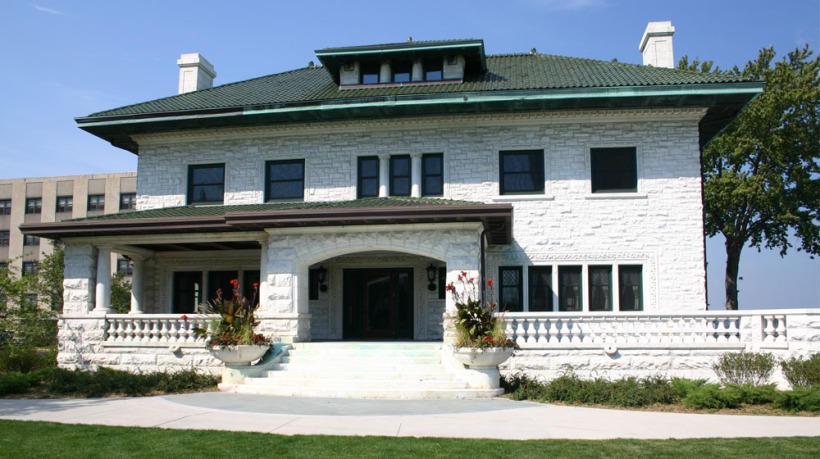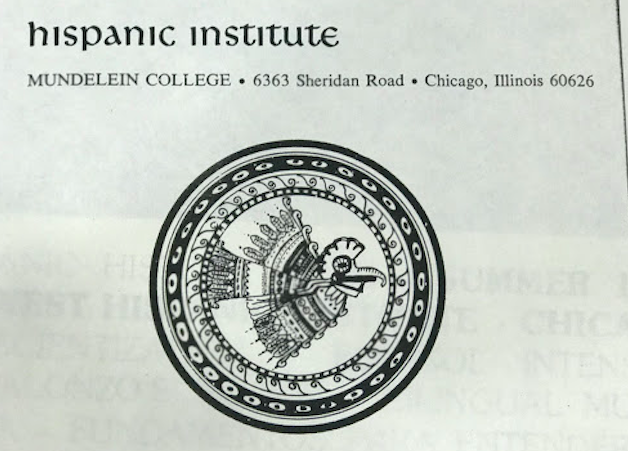Guest blog post by Ramonat Scholar* Carolina. Original post and Carolina’s blog can be found here.
We’re Back!

During winter break, I was able to jump into a rabbit hole of background information on my topic. I learned a lot about the Hispanic community of Chicago and it was incredibly interesting. However, as I start receiving research advice I realize that my winter break research lacked structure. I was simply reading about my topic and anything that could relate to it.

Now I have a better idea of how to structure my research and thus have more relevant and reliable sources. One of the types of sources that I have engaged with in the past couple of weeks has been primary sources. The records of the Hispanic Institute are housed in the Women and Leadership archives, which are conveniently a part of Loyola’s campus! Even though I can easily return to the archives, I have trained myself to take advantage of the time I am there. I went in last week to look through the Hispanic Institute records and I found information in two very unexpected ways.

The first instance that I found very helpful information was when I opened a folder I thought would only have dry financial statements. The folder is titled, “Reports, Budgets, & Donors.” I am not sure why I opened it, but I am glad that I did. As I scoured through the documents I realized that the Hispanic Institute was very detailed in the way they spent their budget. Within every school year’s report, there was a description of the course offered and the name of the instructor who offered the course. I was beyond excited because these documents gave me a list of instructors and the subjects they taught the leaders of the Hispanic community. This way I not only have a list of possible interview subjects, but also an idea of what the Hispanic Institute valued. The purpose of a budget report is meant to be financial but I learned to not categorize a source and rather picture how the information could relate to my topic.

Another instance in the archives in which a primary source gave me great information was when I encountered documents in Spanish. The Hispanic Institute archives had a brochure that must have been handed out to the Hispanic community. The brochure stated, in Spanish, the mission of the Hispanic Institute and the different ways in which it offered opportunities. I was able to see how the Hispanic Institute viewed themselves and their progress. I was also able to use a skill that I take for granted at times: being bilingual. An integral part of the Hispanic Institute is its bilingual and multicultural identity. I am excited that I can continue researching without the obstacle of having sources that have not been translated.

I am excited to continue reading primary sources and to continue my research project. I am proud of the fact that I am not aimlessly wandering through a rabbit hole of information.
(1) & (2) Documents courtesy of the Women and Leadership Archives, Hispanic Institute Collection.
*The Ramonat Seminar is a yearlong endowed history course and this year’s theme is “Dorothy Day’s America: The History of Catholicism in 20th Century America.” Students must apply and be accepted for the class.
Carolina is a History and International Studies Major at Loyola University Chicago. She is a Ramonat Scholar. Carolina hopes to attend law school in the future to advocate for social justice.
Loyola University Chicago’s Women and Leadership Archives Blog is designed to provide a positive environment for the Loyola community to discuss important issues and ideas. Differences of opinion are encouraged. We invite comments in response to posts and ask that you write in a civil and respectful manner. All comments will be screened for tone and content and must include the first and last name of the author and a valid email address. The appearance of comments on the blog does not imply the University’s endorsement or acceptance of views expressed.
